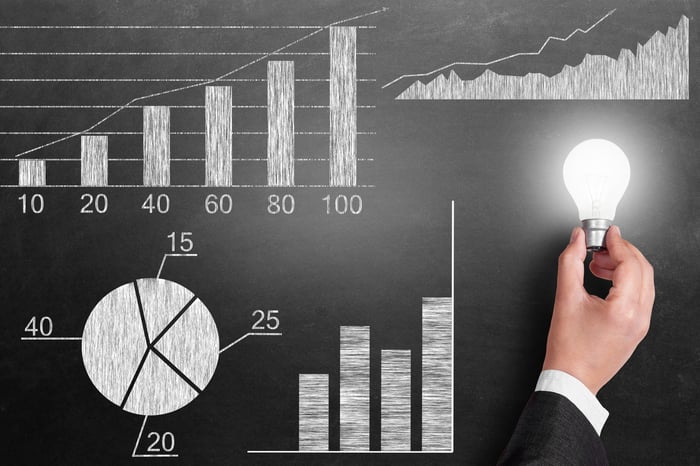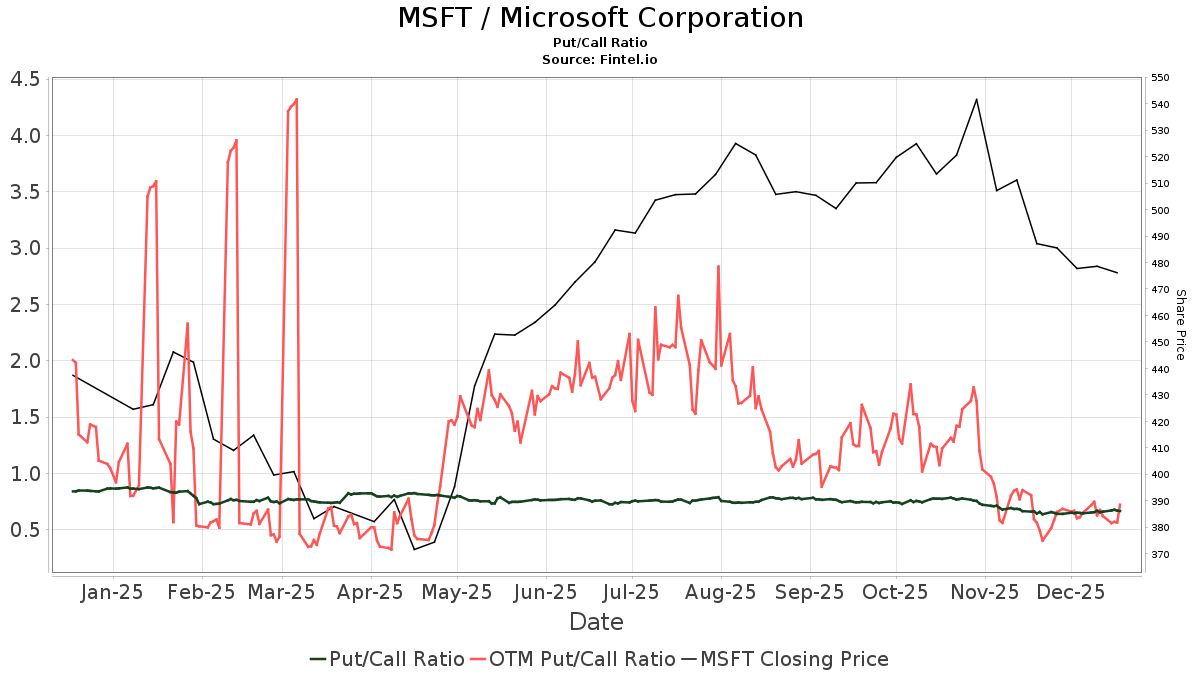Sugar Prices Rebound Amid Mixed Production Forecasts
Market Fluctuates as Weather and Production Estimates Influence Prices
March NY world sugar #11 (SBH25) closed up +0.16 (+0.73%) on Thursday, while December London ICE white sugar #5 (SWZ24) saw an increase of +2.10 (+0.37%).
After facing early losses, sugar prices rebounded slightly on Thursday, primarily driven by short covering in futures markets. Meteorologist Climatempo’s updated forecast, which reduced the likelihood of extensive rainfall in Brazil’s Center-South region—a major sugar production area—spurred some optimism. Earlier, sugar experienced declines with NY falling to a 4-week low and London hitting a 1-week low amid expectations of heavy rain.
The market was also supported by Wilmar International’s recent production estimate for the 2024/25 Brazil Center-South sugar output, which was reduced to between 38.2 million metric tons (MMT) and 39.5 MMT, down from 38.3 MMT to 40.8 MMT projected in September. This adjustment was attributed to limited rainfall and high temperatures impacting sugarcane yields.
Additionally, Unica reported last Friday that sugar output in Brazil’s key region fell -16.2% year-over-year during the second half of September, totaling 2.829 MMT. However, for the period leading up to September, production was up +1.5% to 33.154 MMT.
Notably, NY sugar surged to a 7-1/2 month high on September 26 due to diminishing production expectations influenced by drought conditions. Rabobank also lowered its 2024/25 Brazil sugar production forecast to 39.3 MMT from 40.3 MMT, citing significant dryness.
The Brazilian sugar industry has faced challenges from drought and excessive heat, leading to fires that damaged crops in São Paulo, the country’s top sugar-producing state. According to Orplana, around 2,000 fire incidents impacted nearly 80,000 hectares of sugarcane. Green Pool Commodity Specialists estimated that the fire damages could result in a loss of up to 5 MMT of sugarcane.
On the flip side, optimism about India’s monsoon rains potentially leading to a large sugar crop adds bearish pressure on sugar prices. The Indian Meteorological Department noted that as of September 30, India received 934.8 mm of rainfall during the monsoon, the highest in four years and 7.6% above the long-term average.
A supportive factor for sugar prices arises from Brazil’s crop forecasting agency, Conab, which cut its 2024/25 sugar production estimate on August 22 to 42 MMT from 42.7 MMT, linking this decline to harsh weather conditions.
Furthermore, India’s Food Ministry lifted restrictions on sugar mills that produce ethanol for the upcoming 2024/25 year, which might maintain India’s sugar export limits. India has previously restricted sugar exports since October 2023 to secure domestic supplies, only allowing a mere 6.1 MMT of sugar exports in the 2022/23 season.
In May, the Indian Sugar and Bio-energy Manufacturers Association reported a -1.6% annual decrease in sugar production from October to April, equating to 31.4 MMT. Projections for the 2024/25 season anticipate a further -2% decline in output, projecting 33.3 MMT.
On a bearish note, Thailand’s sugar production forecast for 2024/25 is set to rise by +18% year-on-year to 10.35 MMT. Thailand stands as the third-largest sugar producer globally.
Contrasting this, the International Sugar Organization recently projected a global sugar deficit of -3.58 MMT for the 2024/25 season, which is a significant increase compared to the estimated -200,000 MT shortfall for 2023/24. The 2024/25 global sugar production is expected to decline by -1.1% year-on-year, amounting to 179.3 MMT.
The USDA’s biannual report on May 23 projected a global sugar production increase of +1.4% year-on-year, expecting it to reach a record 186.024 MMT for 2024/25, while human sugar consumption may rise by +0.8% to a record 178.788 MMT. Additionally, global sugar ending stocks are forecasted to decrease by -4.7% year-on-year to a 13-year low of 38.339 MMT.
More Sugar News from Barchart
On the date of publication, Rich Asplund did not have (either directly or indirectly) positions in any of the securities mentioned in this article. All information and data in this article is solely for informational purposes. For more information please view the Barchart Disclosure Policy here.
The views and opinions expressed herein are the views and opinions of the author and do not necessarily reflect those of Nasdaq, Inc.






